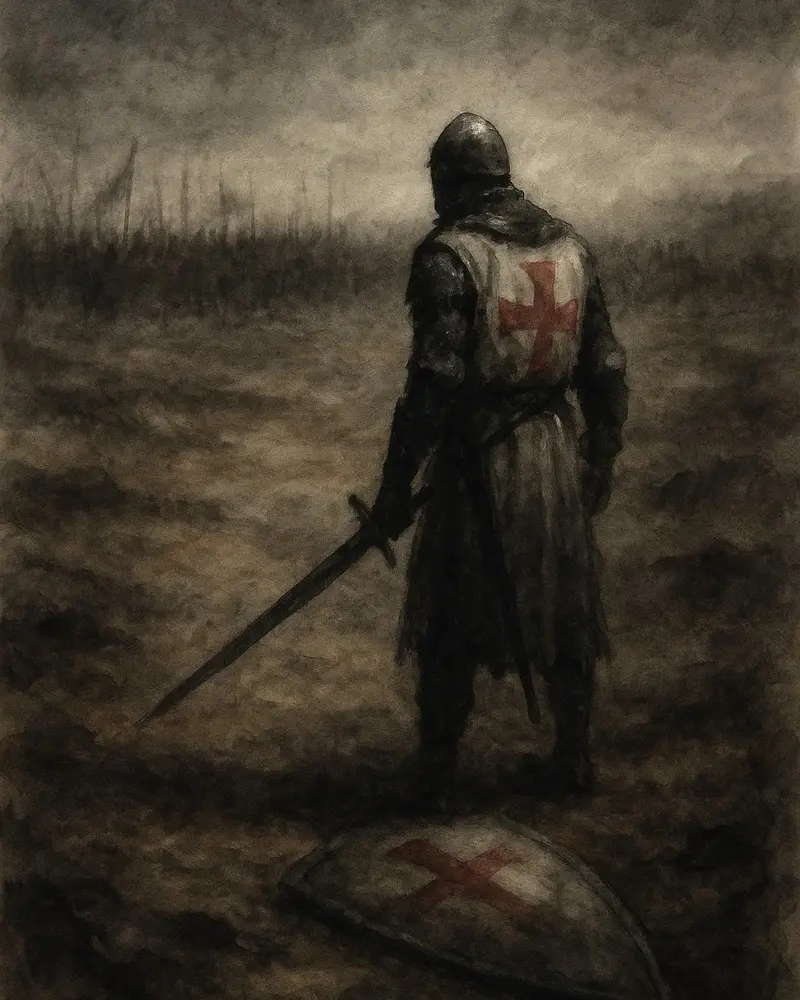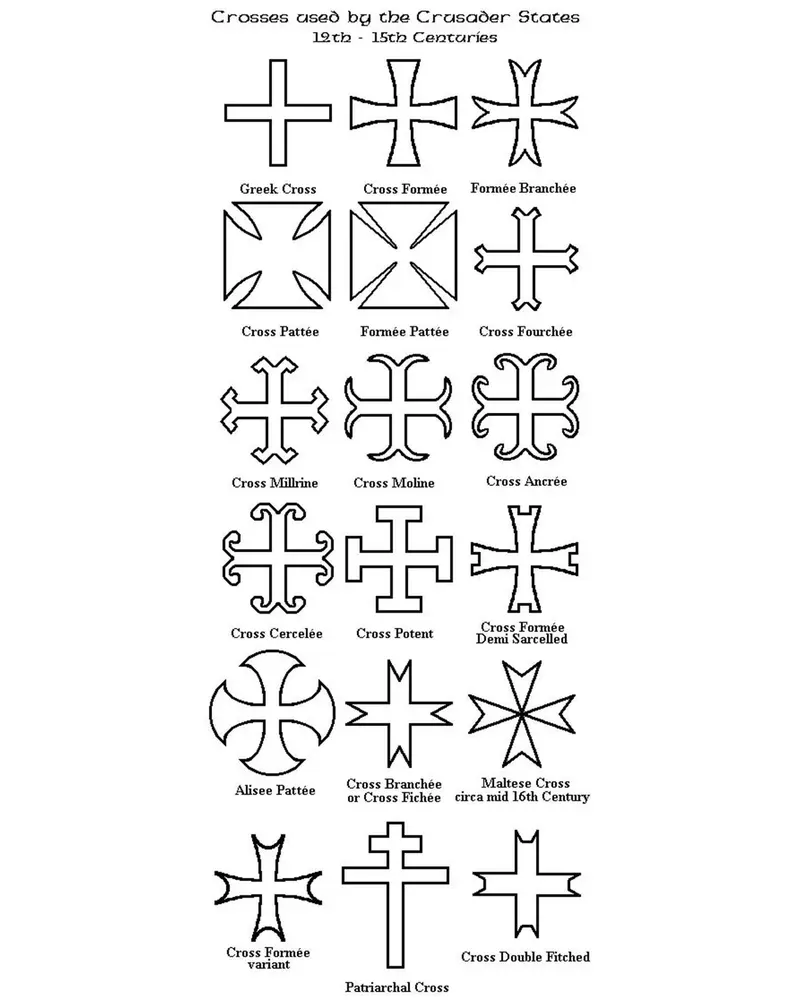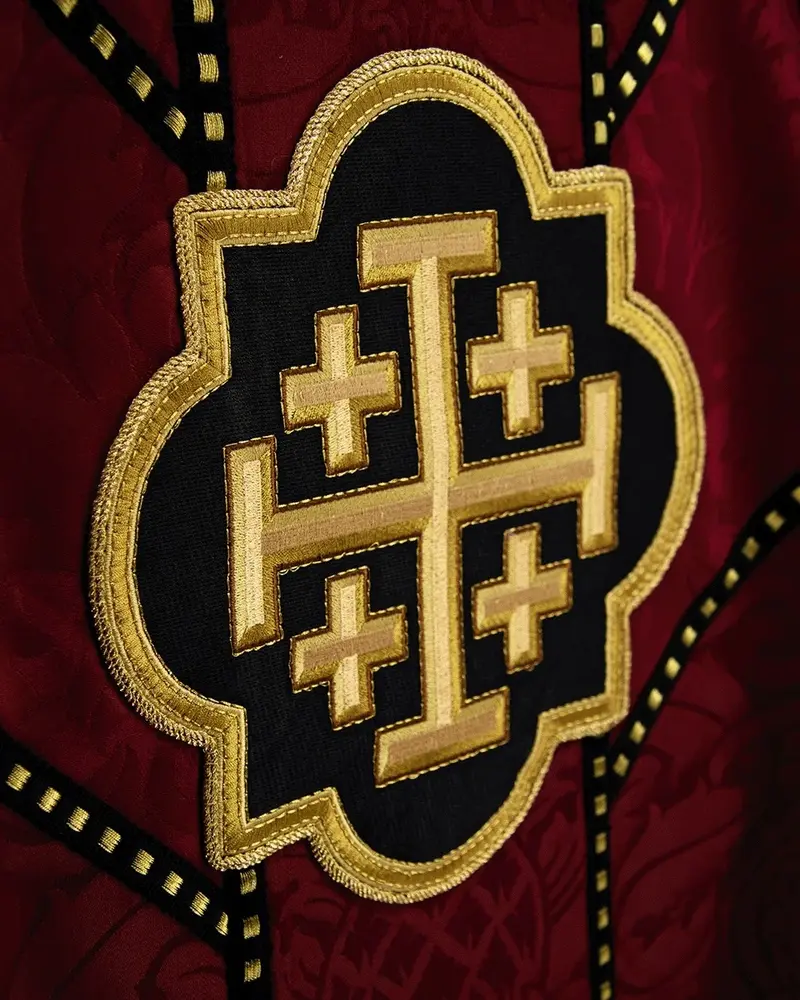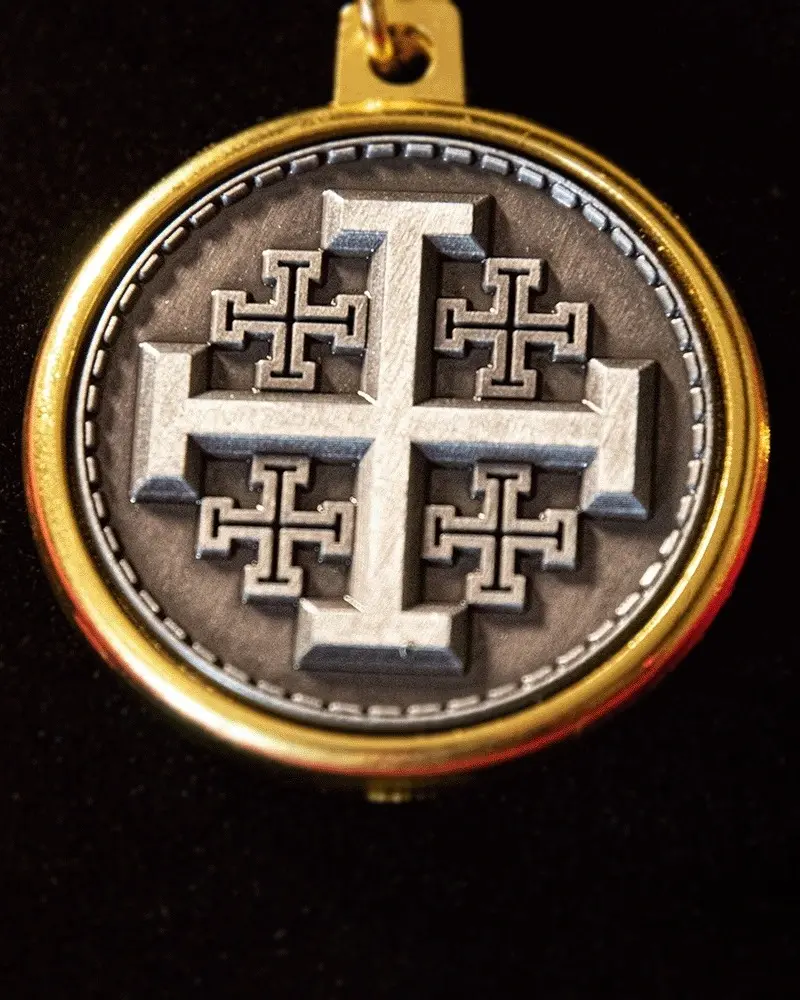Why Did the Crusades Begin? The History Behind the Wars
Why Did the Crusades Begin? The History Behind the Wars

A cry for help. A continent answers. A war that changed history.
When most of us think of the Crusades, images of armored knights and fierce battles for Jerusalem come to mind. But behind those swords and stirring speeches is a story less told, one that didn’t start with greed or conquest, but with a desperate plea for help.
The Byzantine Empire Under Threat
In the late 11th century, the Byzantine Empire, once a stronghold of Christian civilization, was barely hanging on. Muslim armies were advancing fast, taking over lands that had been Christian for centuries. Jerusalem was among them, and for the faithful, that loss felt personal.
Pilgrims were being attacked. Sacred churches were destroyed. The Eastern Church was overwhelmed.
So Emperor Alexios I did something bold. He reached out across enemy lines—not to wage war, but to ask for help. From one Christian brotherhood to another.

Pope Urban II and the First Crusade
In 1095, Pope Urban II stood before a crowd in southern France at the Council of Clermont and gave one of the most powerful speeches of the Middle Ages.
He told the story of the East of Christian lands falling, of believers suffering, and called upon the West to respond. “Take up the cross,” he said. “Defend your brothers.”
The crowd didn’t just agree. They wept. They chanted “Deus vult!”—“God wills it!” And just like that, the First Crusade began. Not for glory. Not for gold. But, at least in their eyes, for something holier.
Hard-Won Victories and the Rise of the Crusader States
The journey to the Holy Land was long, brutal, and uncertain. But somehow, against every odd, the Crusaders reached Jerusalem and took it in 1099. To those who believed, it felt like a miracle.
New Crusader states were established in the East. Christian kingdoms nestled in a land of ancient faith and ongoing conflict.
But peace never lasts forever. Leaders like Saladin rose up with strength and strategy, reclaiming land and rallying Muslim forces. And just like that, the Crusader grip on the East began to loosen.

The Fourth Crusade
Not every Crusade went as planned.
By the time the Fourth Crusade rolled around in 1204, the mission had changed. Caught between debts, politics, and poor planning, the Crusaders ended up doing the unthinkable.
They turned on Constantinople, a Christian city. They looted churches and burned sacred relics. The city that once asked for help was now left broken by the very army that came to save it.
It was one of history’s cruelest twists: a holy mission turned on itself.

So… Why Did the Crusades Begin?
When we ask why the Crusades began, the answer isn’t one thing. It’s many things layered together: faith, fear, duty, misunderstanding.
The world back then was fractured and fragile. Christianity felt under siege. Leaders responded the only way they knew: by rallying the faithful to fight for something they believed was slipping away.
Not all of it was noble. Not all of it was just. But all of it was human.
Which Crusader Cross Speaks to You?
There’s something about the Crusader cross that stays with people. Maybe it’s the red Templar cross, bold and defiant. Or the golden Jerusalem cross, echoing ancient hope.
Each one tells a story. Not just of battle, but of belief.
Do you have a favorite? A symbol that stirs something when you see it? Let us know in the comments, because even centuries later, these stories still have something to say.
Soli Deo Gloria
Be sure to visit our online store front Ecclesiastical Sewing where you may shop for Liturgical Fabrics, altar linen fabrics, church vestment-making patterns, liturgical machine embroidery designs, church vestment trims and notions and so much more. You may also find us on Ecclesiastical Sewing on Facebook, Twitter, and Pinterest. Sign up for our mailing list at the bottom of the page on our online store front and receive a free copy of our Small Linens Booklet as our way of saying thank you for following along.
Cathedral Basilica of Saint Louis: A Taste of Europe in the New World
5 Ways Christians Can Battle Demons Through Scripture
Saint Tarcisius: The Young Martyr Who Died Protecting the Eucharist






 RSS - Posts
RSS - Posts